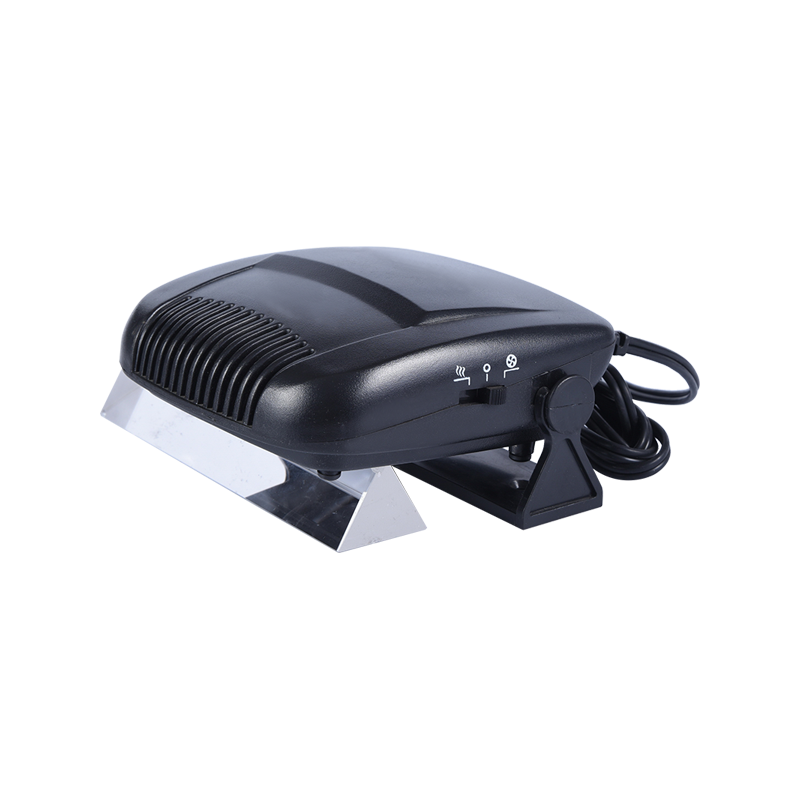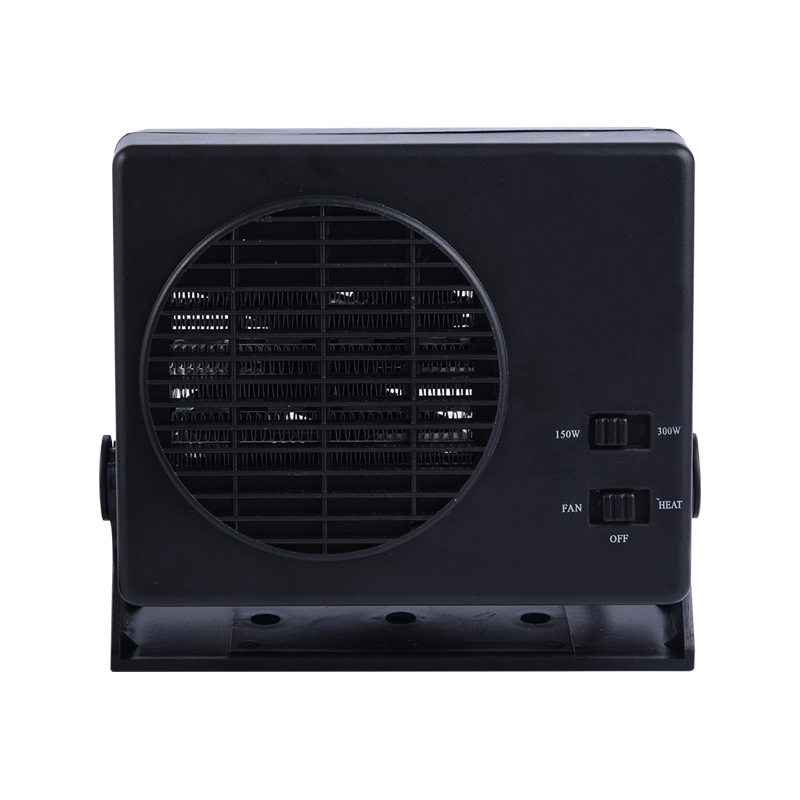As temperatures drop, a persistent question resurfaces: does cranking up the car's heater guzzle extra gas? The answer, for most drivers, is surprisingly reassuring. Unlike the air conditioner (A/C), which does significantly impact fuel efficiency, using your car's heater in a traditional gasoline or diesel vehicle typically has a negligible direct effect on fuel consumption.
The Science Behind the Warmth
The key lies in the fundamental difference between how heaters and A/C work. Your car's A/C system relies on a compressor driven by the engine via a belt. This compressor requires considerable mechanical energy, placing an additional load on the engine and forcing it to burn more fuel to maintain power.
Your heater, however, operates on a principle of clever heat recycling. It taps into waste heat naturally generated by the engine as a byproduct of combustion. Coolant circulating through the engine block absorbs this excess heat. When you turn on the heater, a valve opens, allowing this hot coolant to flow through a small radiator (the heater core) located inside your dashboard. A fan then blows air over this hot core, warming the air before it enters the cabin. Crucially, this process utilizes heat that would otherwise be dissipated uselessly through the radiator at the front of the car.
Where Fuel Efficiency Can Be Impacted (Slightly)
While the core heating process itself doesn't demand extra fuel, there are marginal, indirect ways heater use might influence consumption:
The Blower Fan: The electricity powering the fan that blows air over the heater core comes from the alternator. The alternator places a slight load on the engine. While this load is minimal, especially compared to the A/C compressor, it theoretically requires a tiny amount of extra fuel to overcome.
Engine Warm-Up Time: In extremely cold weather, idling to warm up the car before driving, primarily to get heat quickly, does consume fuel while achieving zero miles per gallon. Once the engine is at operating temperature, however, using the heater itself doesn't prolong this warm-up period significantly.
Driving Behavior: Driving with windows fogged due to not using the defroster (part of the heating system) is dangerous and inefficient. Promptly clearing windows using the heater/defroster is essential for safe driving and avoids inefficient driving maneuvers.
The Electric Vehicle Exception
The situation differs for battery electric vehicles (EVs). Since they lack a large internal combustion engine producing abundant waste heat, they must generate cabin warmth electrically, either through resistive heating elements (less efficient) or heat pumps (more efficient). Using the heater in an EV does consume significant battery energy, directly reducing driving range, especially in very cold temperatures.
Practical Tips for Efficient Winter Driving
Minimize Idling: Avoid prolonged warm-up idling. Drive gently for the first few minutes to warm the engine efficiently.
Use Seat Heaters (If Available): They often use less energy than trying to heat the entire cabin air volume.
Ensure Engine Health: A well-maintained engine reaches operating temperature faster and operates more efficiently.
Clear Snow & Ice: Reduce vehicle weight and aerodynamic drag.
Check Tire Pressure: Cold temperatures reduce tire pressure, increasing rolling resistance.
For owners of conventional gasoline or diesel cars, turning up the heat this winter is unlikely to dent your fuel budget. Feel free to stay warm comfortably, knowing you’re primarily utilizing energy that would otherwise be wasted. The real culprits for winter fuel economy dips lie elsewhere – focus on maintenance and driving habits for the most significant savings. The car heater is your efficient ally against the cold.


 English
English Português
Português عربى
عربى 中文简体
中文简体











